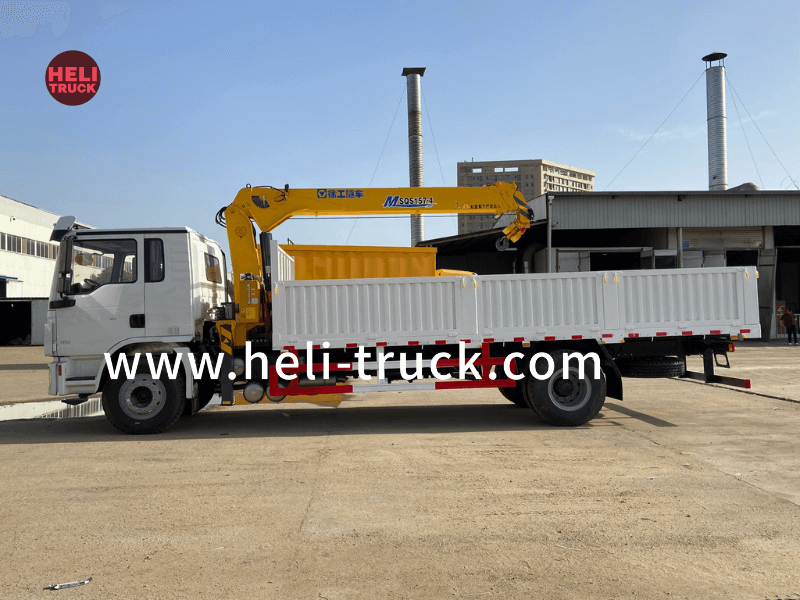Maximizing Efficiency Understanding Garbage Compactor Truck Capacities

Introduction
Garbage compactor trucks play a crucial role in waste management systems by collecting and compacting waste materials efficiently. One of the key factors that determine the effectiveness of these trucks is their capacity. In this article, we will delve into the importance of garbage compactor truck capacities, the different types of capacities available, and how to maximize efficiency through proper utilization of these capacities.
Importance of Garbage Compactor Truck Capacities
Garbage compactor truck capacities are essential in determining the amount of waste that can be collected and compacted during each trip. A larger capacity allows for more waste to be collected, reducing the number of trips required to transport the waste to disposal sites. This not only saves time and resources but also minimizes the environmental impact of transporting waste.
Furthermore, the capacity of a garbage compactor truck directly affects its operational efficiency. Trucks with larger capacities can handle more waste in a single trip, increasing productivity and reducing operational costs. On the other hand, trucks with smaller capacities may require more frequent trips, leading to higher fuel consumption and maintenance costs.
Types of Garbage Compactor Truck Capacities
Garbage compactor trucks come in various capacities to cater to different waste management needs. The most common types of capacities include:
1. Small Capacity Trucks: These trucks typically have a capacity of up to 5 cubic yards and are ideal for collecting waste in residential areas or small businesses. While these trucks are compact and maneuverable, they may require more frequent trips to disposal sites due to their limited capacity.
2. Medium Capacity Trucks: Medium capacity garbage compactor trucks usually have a capacity ranging from 5 to 15 cubic yards. These trucks are versatile and can be used for collecting waste in both residential and commercial areas. They strike a balance between capacity and maneuverability, making them suitable for a wide range of applications.

3. Large Capacity Trucks: Large capacity garbage compactor trucks are designed to handle a significant amount of waste efficiently. With capacities exceeding 15 cubic yards, these trucks are commonly used for collecting waste in industrial areas, construction sites, and municipal solid waste management. While these trucks have a higher capacity, they may be less maneuverable in tight spaces.
Maximizing Road sweeper truck drawbacks Through Proper Utilization of Capacities
To maximize the efficiency of garbage compactor trucks, it is essential to properly utilize their capacities. Here are some tips to help optimize the use of truck capacities:
1. Route Planning: Efficient route planning is crucial to ensure that garbage compactor trucks are deployed effectively. By mapping out the most efficient routes, trucks can minimize travel time and distance, maximizing the amount of waste that can be collected within a given timeframe.
2. Load Optimization: Properly loading waste into the compactor truck is essential to make the most of its capacity. By compacting waste efficiently and arranging it in a strategic manner, operators can maximize the amount of waste that can be transported in each trip.
3. Regular Maintenance: Regular maintenance of garbage compactor trucks is key to ensuring optimal performance. By keeping the truck in good condition, operators can avoid breakdowns and downtime, allowing the truck to operate at its full capacity consistently.
4. Training and Education: Providing training to operators on the proper use of garbage compactor trucks can help enhance efficiency. By educating operators on best practices for loading, compacting, and operating the trucks, they can maximize the truck's capacity while minimizing wear and tear.
Conclusion
Garbage compactor truck capacities are a critical factor in waste management systems, influencing the efficiency and effectiveness of waste collection and transportation. By understanding the importance of capacities, recognizing the different types available, and implementing strategies to maximize efficiency through proper utilization of capacities, waste management operations can be optimized for improved performance and sustainability.
